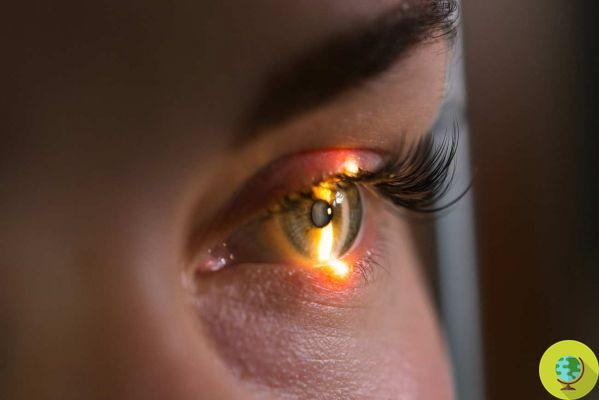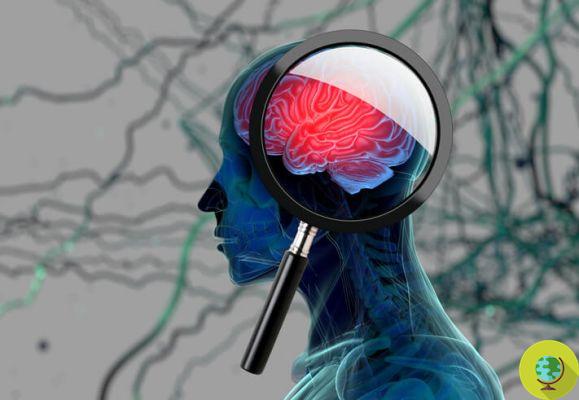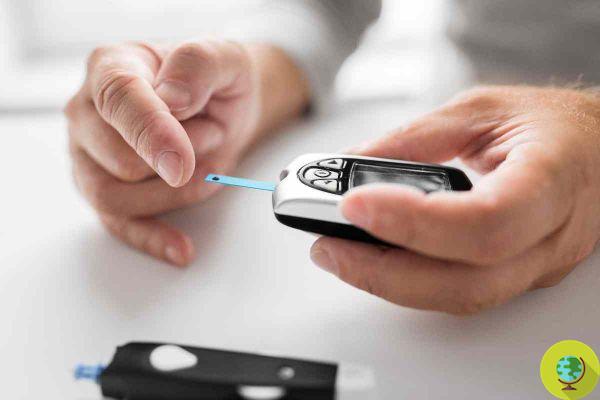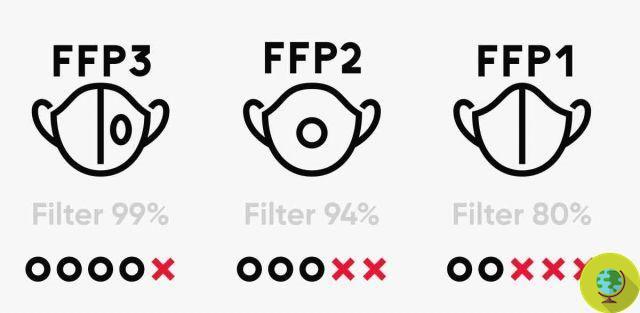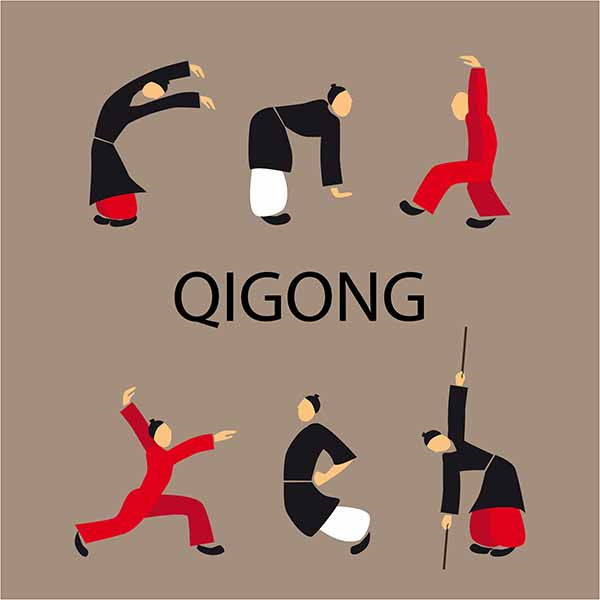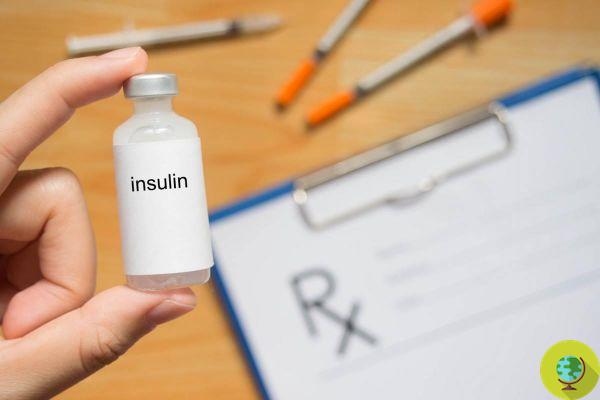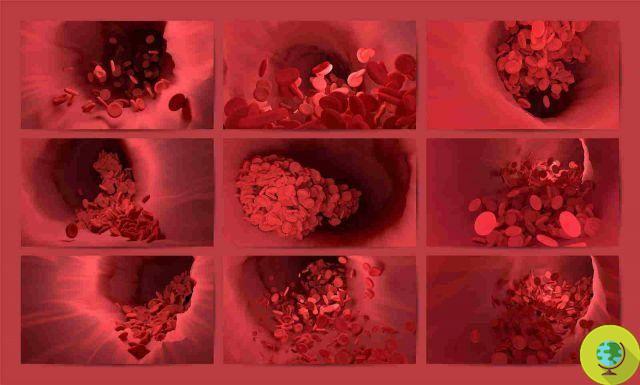
Depending on where the blood clot has formed, we may feel some symptoms of a possible thrombosis. Let's find out what are the alarm bells to listen to
Don't store avocado like this: it's dangerousThrombosis is a pathological process that consists of the formation of blood clots (thrombi) inside the blood vessels. These impede normal blood circulation and can become extremely dangerous. But how can we recognize the first signs of a thrombosis?
If, for various reasons, a blood clot forms inside our body that does not break down, the situation can lead to serious health conditions.
For example, a thrombus can form in the arteries that carry blood from the heart to all the cells of the body but also in the veins. This means that at some point the oxygen could stop reaching the brain or heart causing a stroke or heart attack.
Although it is difficult to detect the presence of a thrombus in advance, we can still pay attention to some signals that the body sends. These are symptoms that can often be confused with those of many other problems and that in some cases, among other things, occur very lightly or may be completely absent.
Depending on where the thrombus forms, the symptoms to look out for change.
Index
Arms and legs
When a blood clot forms in one of the deep veins in the arm or leg, far below the surface of the skin, it is deep vein thrombosis (DVT). This is a dangerous situation because the clot could travel to the heart or lungs.
In this case, the symptoms to watch out for are:
- SwellingThis can occur at the exact spot where the blood clot forms, or can affect the entire leg or arm.
- Color change and itching: you may notice that the arm or leg takes on a red or blue tinge and becomes itchy.
- Ache: as the clot gets worse you may start to feel pain. The sensation can range from a dull ache to severe pain. You may notice throbbing pain in your leg, belly, or arm.
- Warm skin: The skin around painful areas in the arm or leg in the event of a thrombosis may feel warmer than that of other areas.
- Breathing problems: if this happens, it could mean that the clot has moved from the arm or leg to the lungs. You might have a bad cough and even pass blood.
- Chest pain or dizziness (in this case, call for help immediately).
- Leg cramps: if the clot is in the calf or lower leg, you may feel like you are cramping.
- Edema: thrombosis can cause fluid to build up (edema) in the arms or legs. When you press on the swollen area, a dimple is created which remains for a few seconds.
- Painful and swollen veins: pain may increase with touch.
Heart
A blood clot that forms in or around the heart can obviously cause a heart attack. In this case, the symptoms to pay particular attention to are:
- Severe pain in the chest and arm
- Sweating
- Breathing problems
Lungs
A blood clot in the lung usually begins in a deep vein in the arm or leg, from which fragments (emboli) break off and reach the lungs. When this happens, what is called pulmonary embolism occurs, an extremely dangerous condition.
Get medical attention right away if you have:
- Short fiat or problem to breathe
- Chest pain
- strong cough
- Sweating
- Dizziness
Brain
The clots here can also be caused by fatty deposits in the walls of the blood vessels that carry blood to the brain. Or sometimes, they can form as a result of a blow to the head that leads to a concussion.
In other cases, a clot that starts in a different part of the body, such as the chest or neck, could enter the bloodstream and travel to the brain, where it can cause a stroke.
Pay attention to these symptoms:
- Problem with sight or speech
- General feeling of weakness
- Convulsions
Belly
Blood clots can occur in the veins that drain blood from the intestines, for example caused by conditions such as diverticulitis or liver disease.
Check with your doctor if you have symptoms like these:
- Nausea or vomiting
- Severe belly pain, which may get worse after eating
- Diarrhea
- I was bloody
- Feeling of bloating
Reni
A blood clot in the kidneys can prevent them from removing toxins from the body. This can cause high blood pressure or even kidney failure.
Very dangerous conditions, it is therefore good to pay attention to these symptoms:
- Pain in the side of the belly, legs or thighs
- Blood in the urine
- Temperature
- Nausea or vomiting
- Ipertensione
- Sudden and severe swelling of the legs
- Respiratory problems
Follow your Telegram | Instagram | Facebook | TikTok | Youtube
Read also:
- Watching TV for too long increases the risk of blood clots in the veins
- Heart attack: 20 symptoms not to be underestimated










